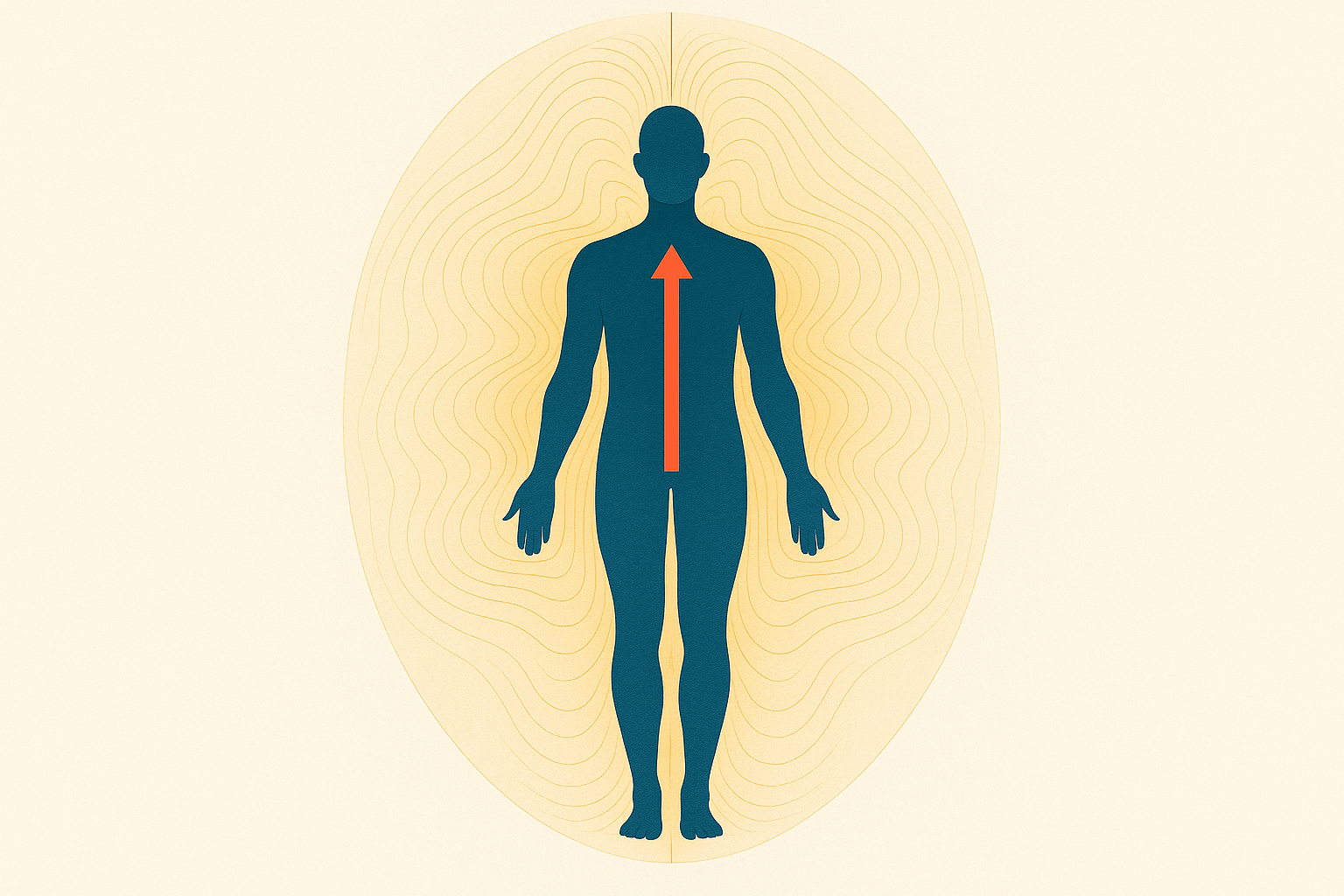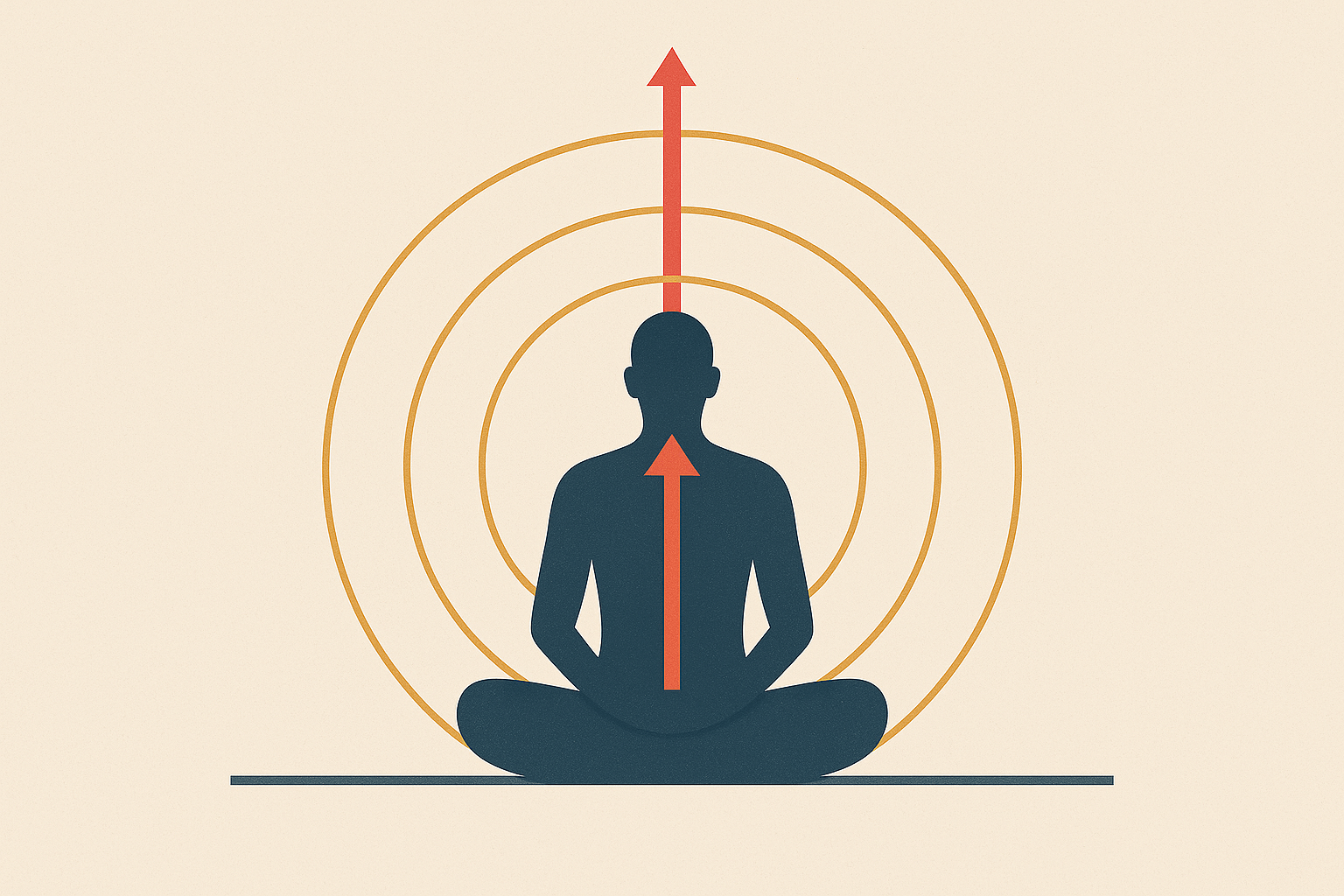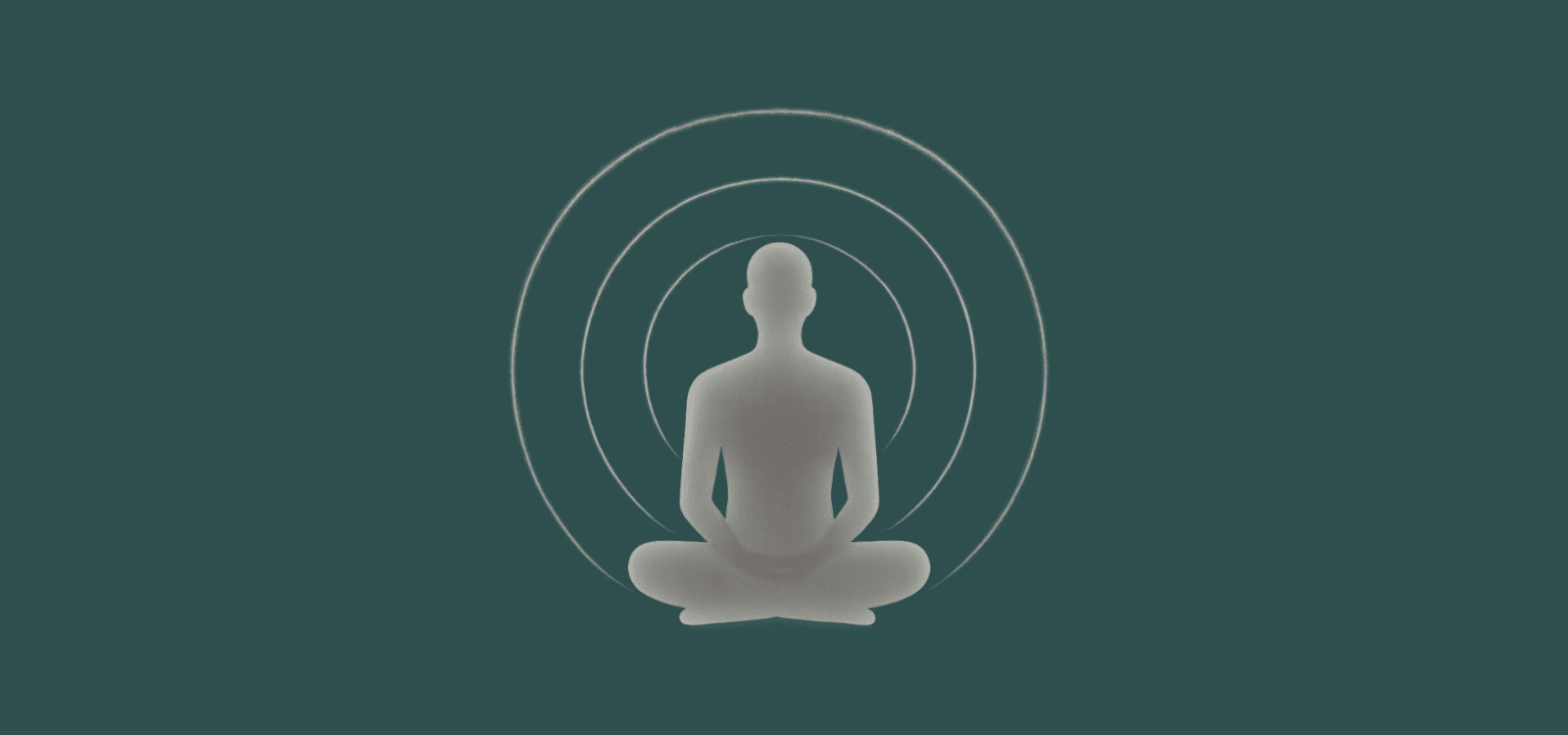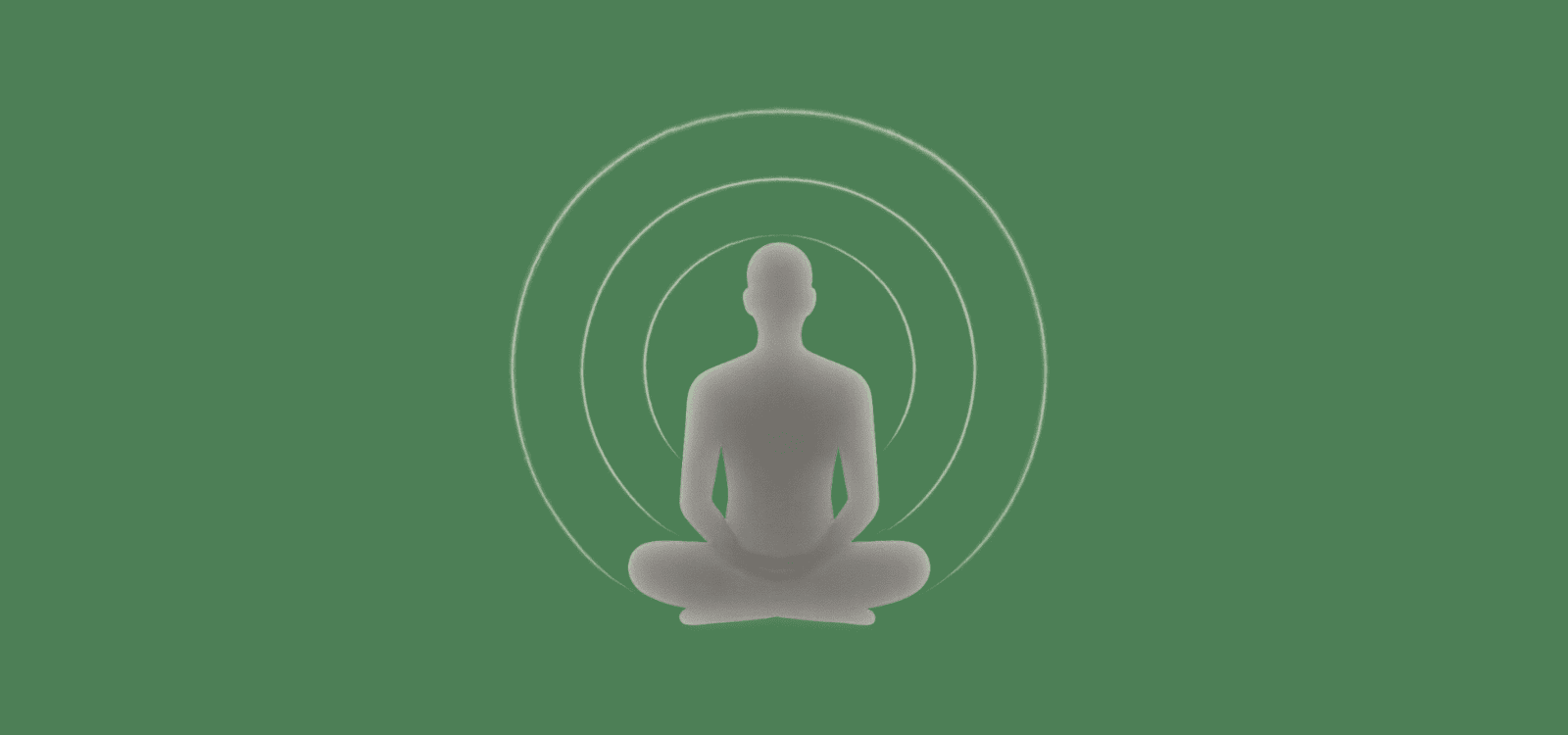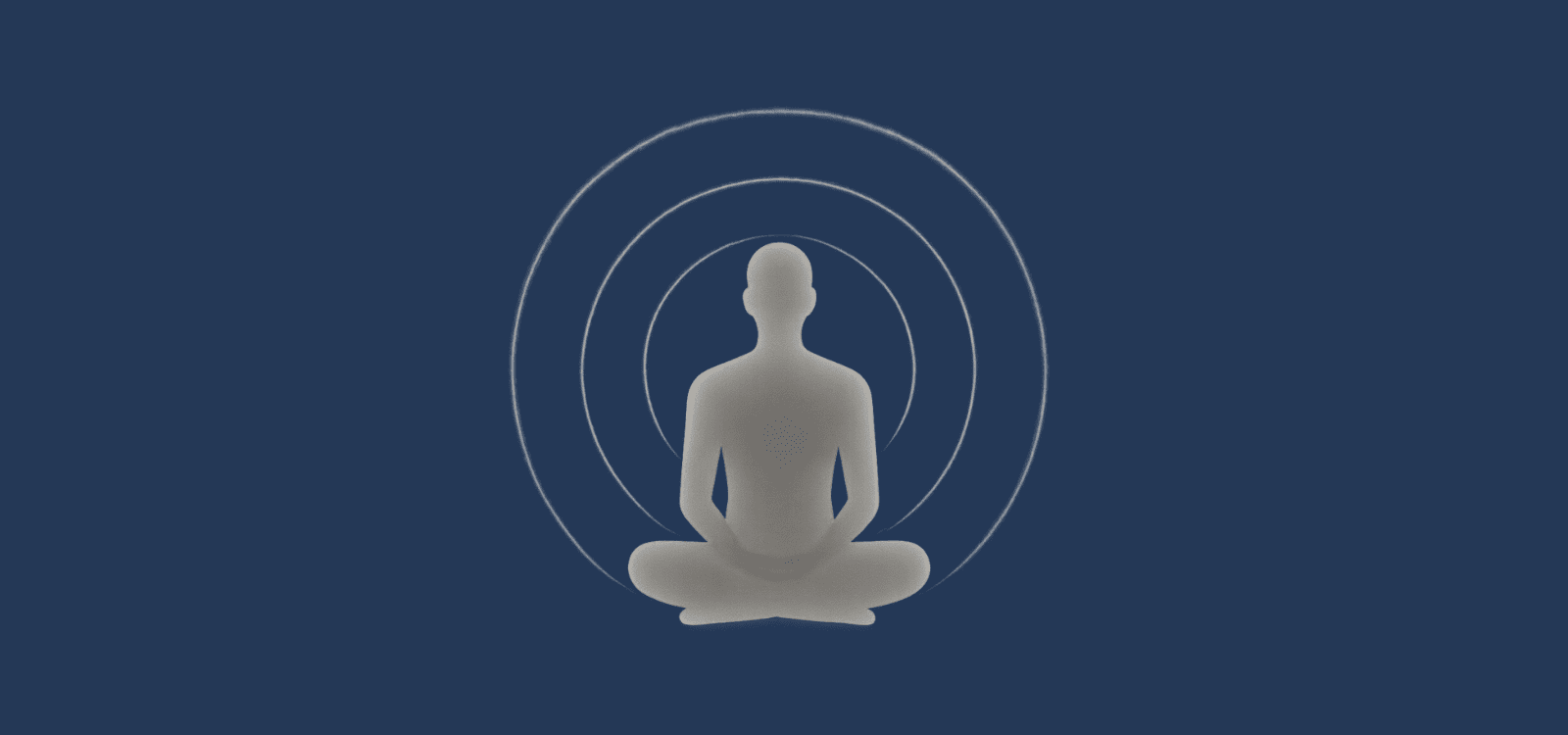Understanding Body Scan Meditation: Your Gateway to Somatic Awareness
Body scan meditation, also known as progressive body awareness or somatic mindfulness practice, represents one of the most accessible yet profound methods for developing “interoceptive awareness”—the ability to perceive internal bodily sensations with clarity and precision. This foundational mindfulness technique systematically guides attention through every region of your physical body, creating a comprehensive map of your current somatic experience.
Unlike other meditation practices that focus primarily on breath or mental objects, body scanning meditation places embodied awareness at the center of contemplative practice. This approach recognizes that your body serves as both a repository of accumulated stress and trauma and a gateway to healing and integration. Through methodical attention to physical sensations, practitioners develop the capacity to recognize, release, and transform patterns of tension, contraction, and disconnection that may have persisted for years.
The practice of progressive body awareness draws from multiple wisdom traditions while being fully validated by contemporary neuroscience research. Studies demonstrate that regular body scan meditation practice enhances interoceptive accuracy, reduces chronic pain, improves emotional regulation, and strengthens the crucial connection between physical sensation and emotional awareness that supports overall mental health and well-being.
The Science of Somatic Integration: How Body Awareness Transforms Your Nervous System
Modern research in neuroscience and somatic psychology has revealed fascinating insights into how systematic body awareness practices create profound changes in both brain function and nervous system regulation. Studies using functional magnetic resonance imaging show that body scan meditation strengthens the insula, a brain region crucial for integrating sensory information and supporting what researchers call “embodied self-awareness.”
Perhaps most significantly, regular practice of progressive body awareness enhances vagal tone—a measure of the vagus nerve’s capacity to regulate the parasympathetic nervous system’s rest-and-digest response. Improved vagal tone correlates with better stress resilience, enhanced emotional regulation, reduced inflammation, and improved overall physical health outcomes. This research validates what somatic practitioners have long understood: systematic attention to bodily sensations can literally rewire your nervous system for greater balance and well-being.
The mind-body integration fostered through body scanning meditation also appears to influence what researchers call “embodied cognition”—the recognition that our physical experience profoundly shapes our mental and emotional states. Practitioners often report that enhanced body awareness leads to improved decision-making, greater emotional intelligence, and a more integrated sense of self that honors both physical and psychological dimensions of experience.
Listen to the Mind-Body Repatterning Guided Practice Now
Essential Elements of Effective Body Scan Practice
Developing a transformative body scan meditation practice requires understanding several key principles that maximize the technique’s healing and integrative potential. These elements work together to create conditions for deep somatic awareness and mind-body repatterning that can address both acute stress and chronic patterns of disconnection.
The environment for body scan meditation significantly influences the depth and quality of your practice. Begin each session by taking several conscious breaths that signal to your nervous system the transition from external focus to internal awareness. This preliminary settling creates a container for safe exploration of your body’s landscape, particularly important if you carry trauma or have historically felt disconnected from physical sensation.
Integrative Awareness and Pattern Recognition
Advanced body scan practice involves developing sensitivity to the relationships and connections between different body regions rather than treating each area as isolated territory. Notice how tension in your shoulders might relate to sensations in your jaw, or how your breathing pattern influences feelings in your abdomen. This systems awareness supports recognition of your physical form as an integrated, interconnected whole.
Pay particular attention to areas that consistently hold tension or feel disconnected, as these regions often contain valuable information about stress patterns, emotional holding, or trauma responses. Rather than trying to immediately release tension, practice simply being present with these areas with compassion and curiosity, allowing your nervous system to gradually reorganize through awareness rather than force.
As your body scan meditation practice deepens, you can explore more sophisticated approaches that actively support the repatterning of chronic tension patterns and the integration of previously dissociated body regions. These techniques draw from somatic psychology, trauma-informed mindfulness, and traditional contemplative practices.
Hear about how to engage with trauma healing effectively from world renowned teachers on The Future of Wellness podcast like Dr. Liz Stanley and Dr. David Berceli.
Integrating Somatic Awareness into Daily Life
The ultimate purpose of body scan meditation extends far beyond formal practice sessions to maintaining conscious connection with your physical experience throughout daily activities. This integration transforms ordinary moments into opportunities for continued healing and self-awareness.
Begin by taking brief “somatic check-ins” throughout your day, pausing to notice your posture, breathing pattern, and areas of tension or ease. These micro-practices help prevent the accumulation of stress and maintain the body awareness cultivated during formal meditation sessions. Many practitioners find that setting gentle reminders every few hours supports this integration process.
Apply the same curious, non-judgmental attention you develop in body scan meditation to physical symptoms, emotional reactions, and interpersonal dynamics. Often, your body provides early warning signals about stress, overwhelm, or interpersonal tension that your thinking mind hasn’t yet recognized. Learning to trust and respond to these somatic signals can dramatically improve your overall well-being and decision-making capacity.
Therapeutic Applications and Healing Benefits
Research demonstrates that regular body scan meditation practice provides significant benefits for numerous physical and psychological conditions. Studies show particular effectiveness for chronic pain management, with practitioners reporting reduced pain intensity and improved quality of life. The practice appears to work by changing the brain’s relationship to pain signals rather than eliminating discomfort entirely.
For trauma survivors, body scan meditation offers a gentle method for reconnecting with physical sensation in a safe, controlled manner. However, individuals with trauma histories should approach the practice gradually and ideally under guidance from trauma-informed teachers, as increased body awareness can sometimes initially intensify difficult sensations or emotions before integration and healing occur.
The practice also shows remarkable benefits for anxiety and depression, helping practitioners develop a more grounded, embodied sense of self that provides stability during emotional storms. Many therapists now integrate body scan techniques into treatment approaches, recognizing the powerful healing potential that emerges when clients develop compassionate awareness of their physical experience.
This is where transformation begins. Continue exploring more guided practices or listen to a lecture to expand your energy and awareness.
Your field is ready for what’s next. Discover more practices, tools, and trainings with Field Dynamics.
FAQ
Common Questions About Body Scanning Practices
Effective body scan sessions can range from 10 minutes to over an hour, depending on your experience and available time. Even brief 10-minute body scans can reduce stress and improve body awareness when practiced consistently. Focus on quality of attention rather than session length, and gradually extend duration as your capacity for sustained somatic awareness develops.
Yes. The practice appears to work by changing your relationship to pain sensations rather than eliminating discomfort entirely. Many practitioners report that developing mindful awareness of pain helps distinguish between the actual physical sensation and the mental suffering often layered on top of it. However, body scan meditation should complement rather than replace appropriate medical treatment for chronic conditions.
Falling asleep during body scan practice is very common, especially when lying down and focusing on relaxation. While deep relaxation is beneficial, the goal is to maintain conscious awareness throughout the practice. Remember that the borderland between waking and sleeping can actually be a valuable state for nervous system integration, so don’t judge yourself harshly if drowsiness arises.
